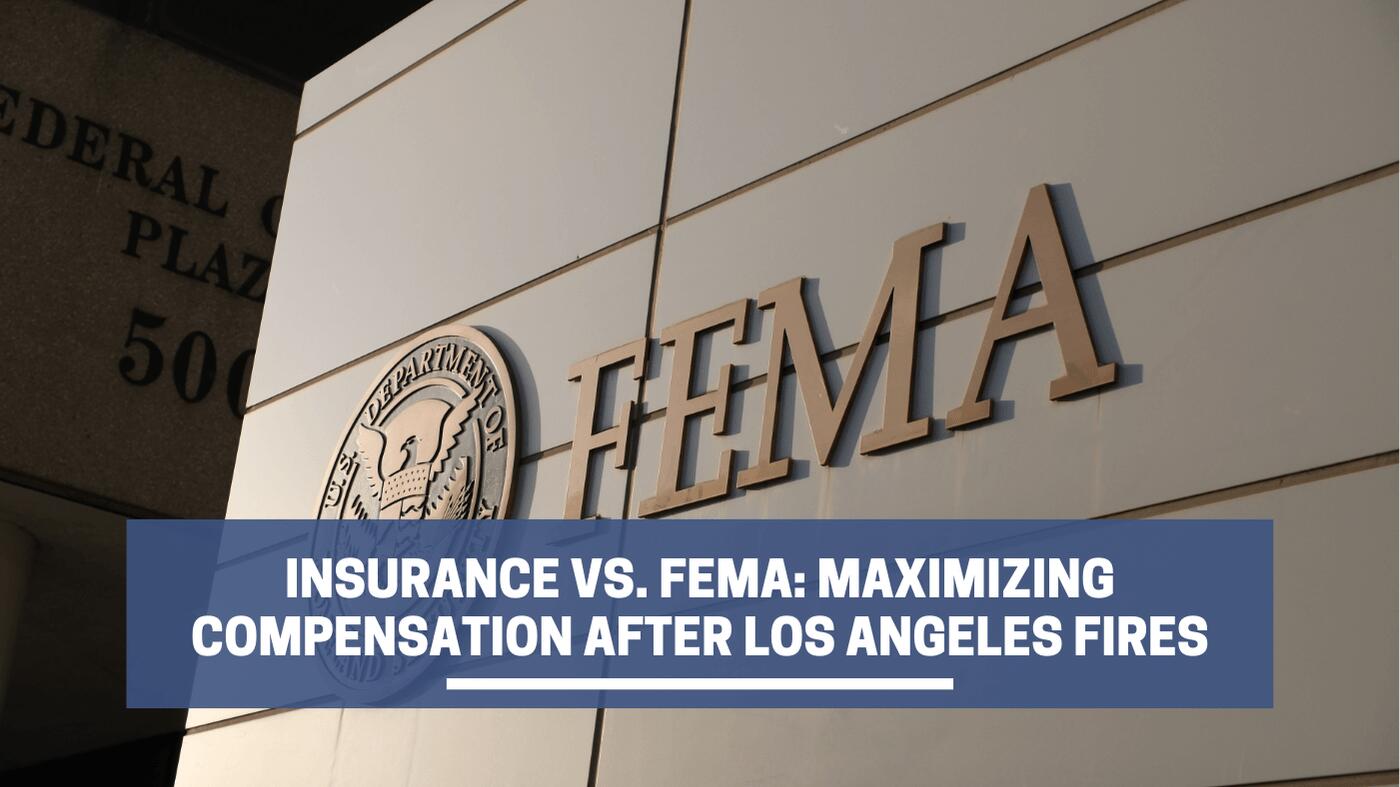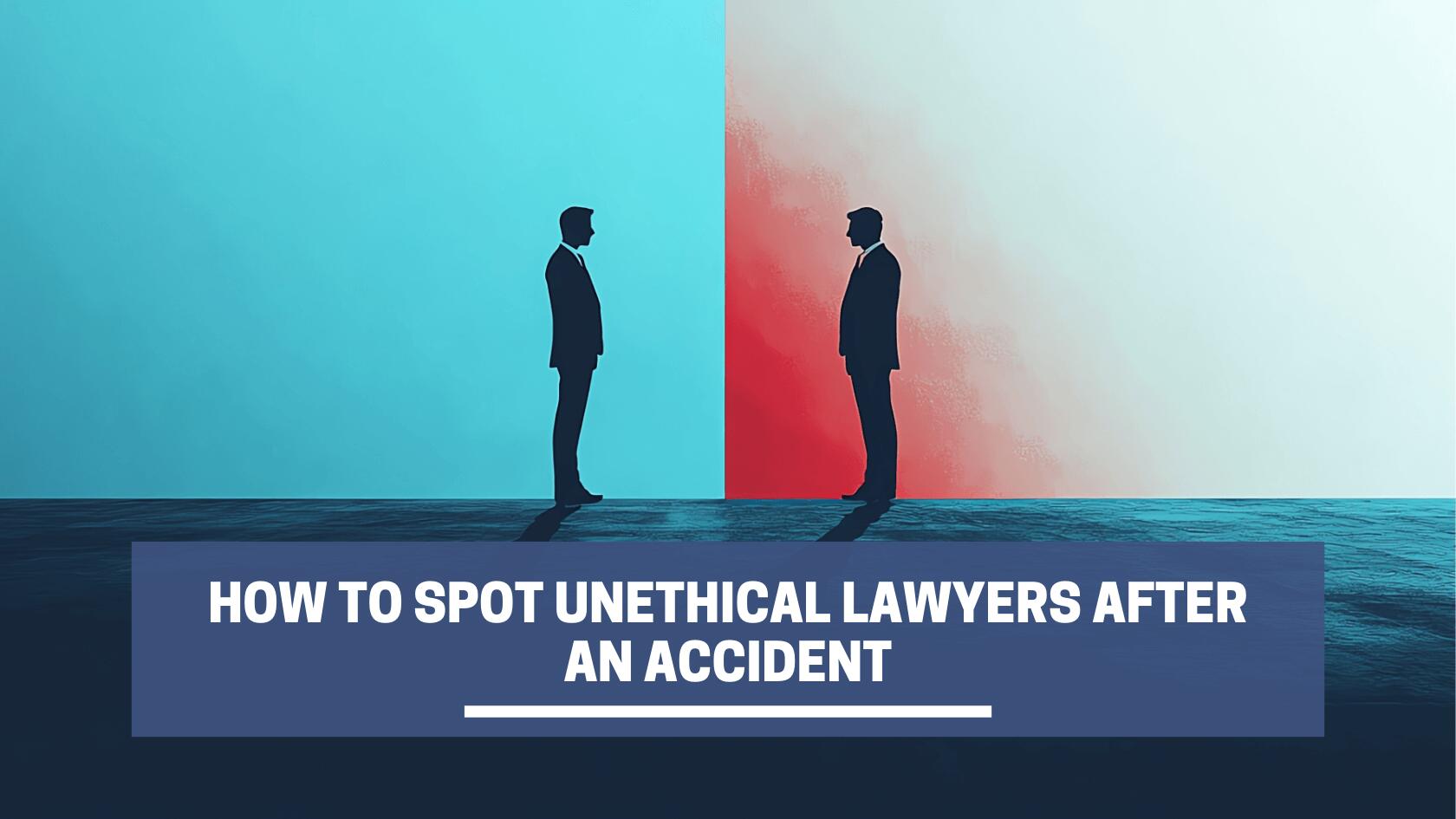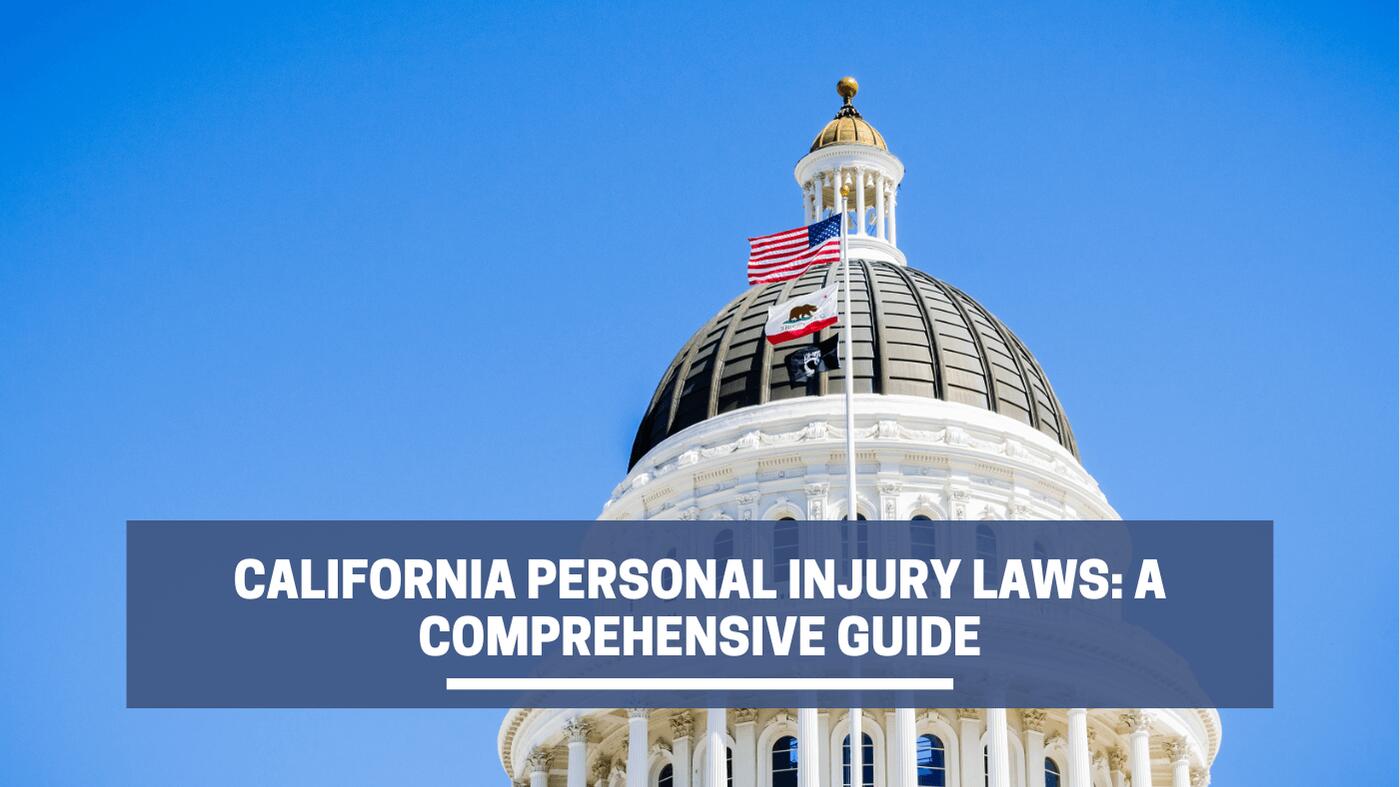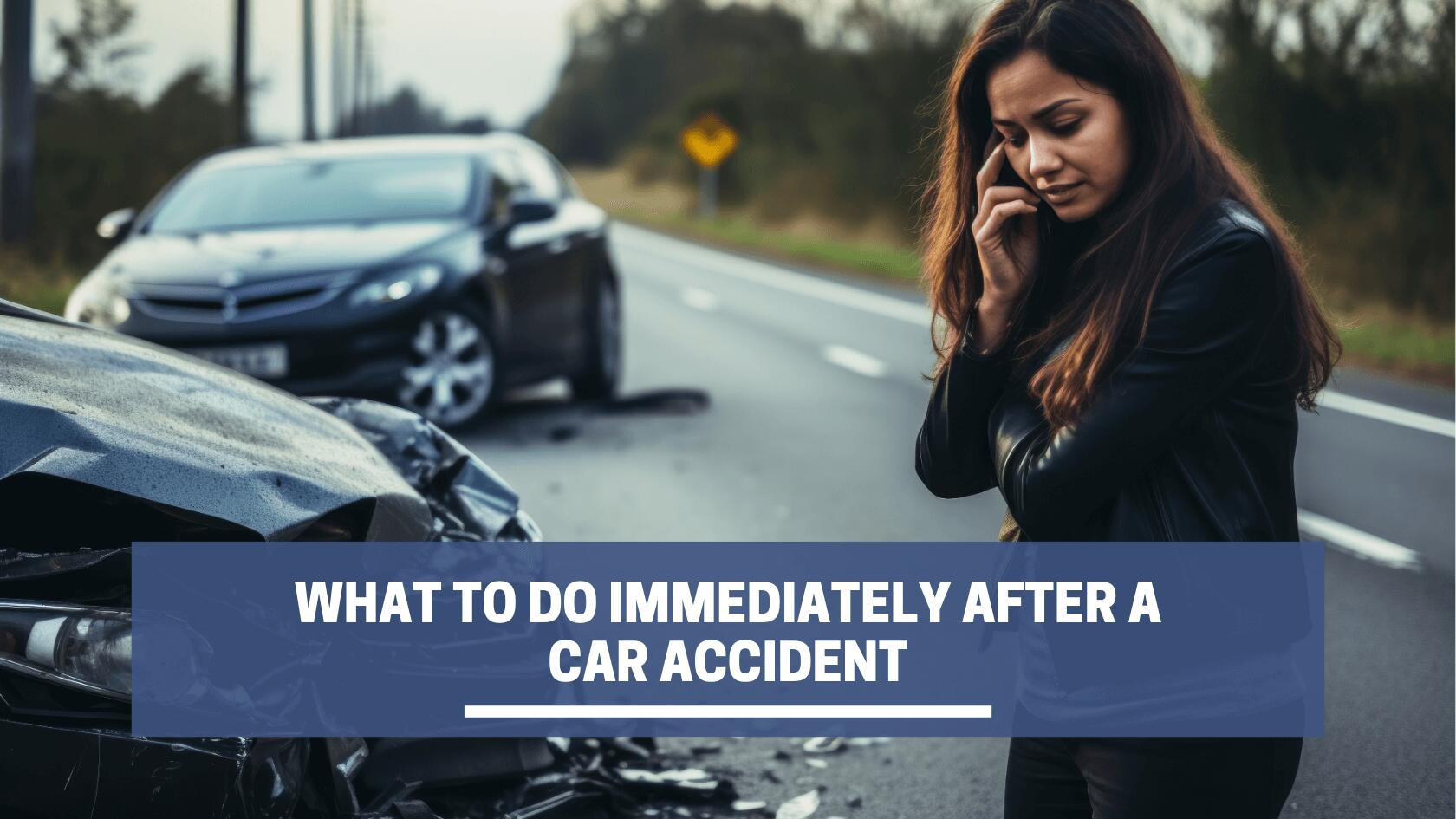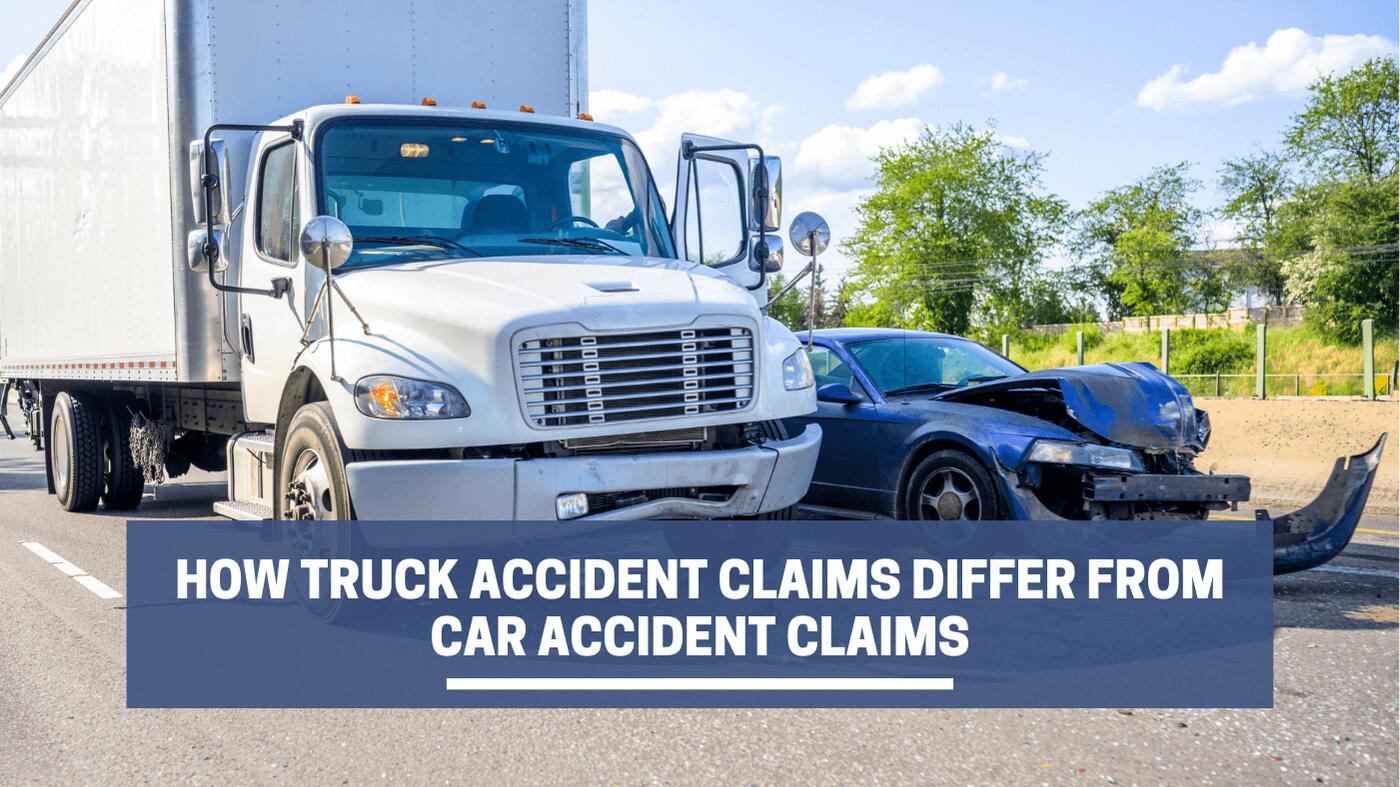The recent wildfires in Los Angeles County and surrounding areas have caused unimaginable devastation. The fires have claimed 12,300 estructuras y más que 40,600 acres of land.
To all those who have lost their homes, possessions, and loved ones, our hearts go out to you during this incredibly difficult time. Rebuilding after such a tragedy can feel overwhelming, pero resources are available to help you find support and financial assistance as you begin the recovery process.
Wildfire Impacted Areas in Los Angeles
Recent wildfires have severely impacted multiple areas, including the following neighborhoods in Los Angeles and Ventura County:
- Palisades. Known for its residential neighborhoods and scenic views, this area experienced over 23,713 acres of damage to homes and vegetation, prompting evacuation orders and emergency responses.
- Eaton. Due to its proximity to dense brushlands, this region has seen widespread fire damage, affecting more than 14,117 acres of local parks, trails, and residential zones.
- Hurst. This community has been heavily affected, con 799 acres of natural habitat lost and threats to infrastructure, leading to disruptions in daily life and emergency services.
- Kenneth Fire. Erupted near the Victory Trailhead at the border of Los Angeles and Ventura counties, burning just over 1,000 acres before being fully contained.
- Sunset Fire. Broke out in the Runyon Canyon area of the Hollywood Hills, quickly spreading over 40 acres and threatening major Los Angeles landmarks before being fully suppressed.
- Lidia Fire. Started in Acton near the Antelope Valley, acerca de 20 miles northeast of the San Fernando Valley, consuming 395 acres before reaching 100% containment.
Although the full extent of the January 2025 fires has yet to be assessed, they may rank among the most devastating in California’s history. CNN projects them to be the second and fourth most destructive in terms of damage and impact.
Understanding the Difference: Seguro vs. FEMA
After a wildfire, financial recovery often involves two primary sources of aid: homeowners’ insurance and the Federal Emergency Management Agency (FEMA). Each serves a different purpose, but they can work together to maximize compensation.
| Seguro | FEMA |
|---|---|
| Provides compensation based on your policy’s coverage for damages to your property and belongings. | Offers financial assistance for disaster-related needs not covered by insurance. |
| Typically covers structural damage, personal property loss, and additional living expenses (ALE) if your home is uninhabitable. | FEMA assistance may include temporary housing, home repairs for primary residences, personal property replacement, medical and dental expenses, and other disaster-related costs. |
| Subject to deductibles, coverage limits, and policy exclusions. Aunque los conductores de vehículos tienen la mayor parte de la responsabilidad en los accidentes ciclistas, deductibles are often entre 1% y 10% of your home’s insured value. If your home is insured for $2 Un abogado puede ayudar a determinar el pago al que tiene derecho su familia en su caso de muerte por negligencia, you might pay $20,000 a $200,000 before insurance covers the rest. | Available only if your area has been declared a federal disaster zone. President Biden made FEMA funds available to California residents impacted by the fires on January 7, 2025. |
Strategies for Combining Insurance Settlements With FEMA Aid
Receiving the support and compensation you deserve can feel overwhelming after a disaster. Consider these tips to help guide you through the process and access available assistance:
Document Everything
- Take detailed photos and videos of all property damage and losses from multiple angles and in various lighting conditions to capture the extent of the damage.
- Create an inventory list with descriptions, estimated values, purchase dates, y recibos (if available) for lost or damaged items.
- Store this documentation in digital and physical formats, si es posible, to ensure accessibility when needed.
This detailed documentation is critical for both insurance claims and FEMA applications as it is evidence of your losses.
File Insurance Claims Promptly
Contact your insurance company immediately after the disaster to report your losses.
- Provide your policy number, documented photos and videos, a detailed damage report, and an inventory list.
- Request a claim reference number and written confirmation of your submission to track progress and avoid delays.
- Clarify deadlines for claim submission and payout timelines with your insurance representative.
Register With FEMA
If your area has been declared a disaster zone, register with FEMA as soon as possible.
- Apply online at DisasterAssistance.gov, call 1-800-621-FEMA (3362), or use the FEMA App on your phone.
- Be prepared with essential information, including your Social Security number, detalles del seguro, damage descriptions, and bank account information for direct deposit.
- Follow up regularly to track your application status and respond promptly to any requests for additional information.
Understand Your Insurance Policy
Carefully review your policy documents to understand coverage limits, exclusions, and deductibles.
- Identify whether your policy includes additional living expenses (ALE) for temporary housing and personal property replacement.
- If any areas are unclear, consult your insurance agent to clarify coverage specifics and exclusions.
- Compare your policy benefits with FEMA assistance to identify potential gaps.
Keep Track of All Expenses
Maintain organized records of all disaster-related expenses, incluso:
- Receipts for temporary housing such as hotel stays or rentals.
- Invoices for property repairs and labor costs.
- Replacement costs for essential items such as clothing, muebles, and appliances.
- Medical bills related to injuries sustained during the disaster.
Store these records digitally and physically for easy access when filing claims with FEMA and homeowners’ insurance.
Be Patient and Persistent
Understand that insurance claims and FEMA applications can be complex and time-consuming processes. Keep the following in mind:
- Follow up regularly with both entities to check the progress of your claims and applications.
- Keep records of all communications, incluyendo fechas, names of representatives, and summaries of conversations.
- If timelines are unclear, request estimated response times and inquire about possible delays.
A FEMA inspector will assess your property and determine eligibility after you apply. You should receive a letter explaining your next steps dentro de 10 dias of their visit.
Seek Legal Assistance if Needed
If your insurance company delays or denies your claim, or if you face challenges with FEMA assistance, consult a disaster recovery attorney.
- Legal professionals specializing in insurance disputes can help you understand your rights and pursue appeals effectively.
- Some legal aid organizations offer free or low-cost services for disaster victims, so explore available resources in your area.
Additional Tips for Maximizing Your Compensation
Taking proactive measures can make a difference in the amount of aid and compensation you receive after a wildfire. Remember the following when applying for aid:
- Don’t wait for insurance to apply for FEMA. You can apply for FEMA aid even if your insurance claim is still pending. Applying early ensures you access immediate resources to cover urgent needs while insurance processes your claim.
- Appeal denied claims. If your claim is rejected by either your insurance company or FEMA, you have the right to appeal. Speak with a knowledgeable attorney who can help you collect additional documentation, clarify any misunderstandings, and submit a formal appeal within the required time frame.
- Beware of scams. Desafortunadamente, disasters can attract scammers claiming to offer assistance with insurance claims or FEMA applications. Always verify the credentials of anyone offering help and avoid sharing personal information with unverified sources.
- Stay informed. Follow official updates from FEMA, your insurance provider, and local authorities. Policy adjustments, plazos, and available assistance can change, so staying informed ensures you don’t miss out on valuable support.
Protect Your Rights and Resources After Wildfire Damage
Rebuilding after a wildfire is a long and challenging process. By combining resources from insurance and FEMA, you can work toward financial recovery and begin restoring your life. If you need further assistance, contact a skilled disaster recovery attorney, local support networks, and relief organizations to receive the help you deserve.







